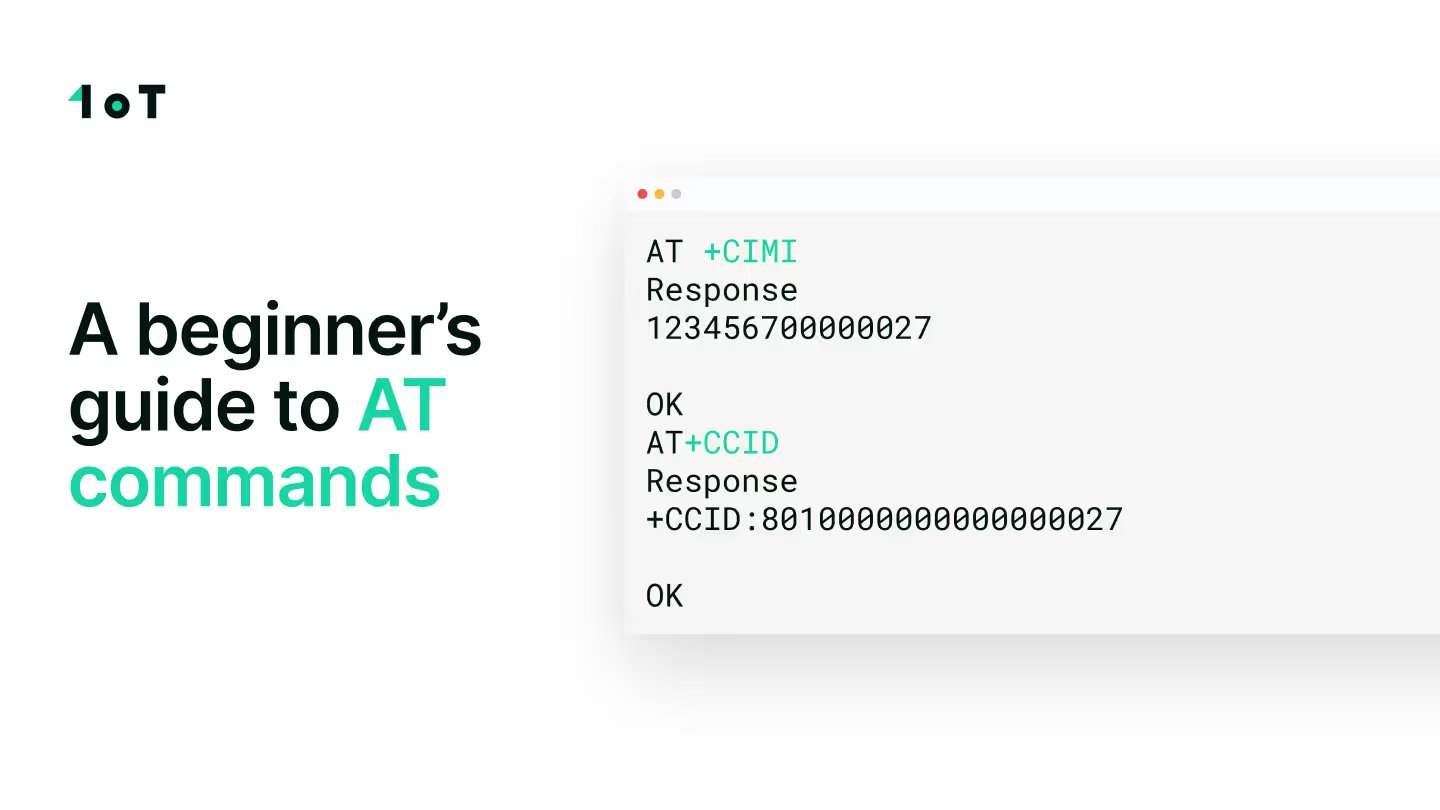NB-IoT and LTE-M Deployment Status and Roaming Possibilities?

Article was last updated on Jan 11th, 2022.
It's been about a year since we first discussed NB-IoT (Cat-NB1) and LTE-M (Cat-M1) rollout. A lot can happen within a year, so here's the latest update.
How far is deploying devices with NB-IoT and LTE-M support? Is roaming possible? Are fallback solutions mandatory for successful deployment? We'll find answers to all these questions below.
To find out more on how the two technologies compare, read our blog post.
Deployments
A year ago, we reported that there were about 51 commercial Mobile IoT networks available around the world. As of August 2019, the GSMA has stated that the number has now increased to 119 Commercial Networks.
You can view a list of the networks here. Or have a visual overview of deployments on the GSMA map.

Within a year the deployments have increased two times, but is it enough to cover worldwide connectivity? Certainly not yet!
Another interesting difference is that NB-IoT and LTE-M geographical deployments are starting to overlap. While at first, the trend was to deploy LTE-M in the US, Canada, Australia, and NB-IoT in Europe. Today we can see these deployments overlapping all over the world.
For example, AT&T has launched NB-IoT networks across the US. They are now providing both technologies for customers. Similarly, Orange has launched LTE-M in France, Spain, and Romania.
The reason for the overlapping could be that enabling both technologies isn't a massive investment for carriers. And it's impossible to predict which technology will be more popular at the moment.
Besides, the technologies are similar but still can have their advantages and disadvantages depending on the use case.
Roaming
Roaming has been the biggest issue for NB-IoT and LTE-M for a while now. There has been nothing in place yet to describe.
Without roaming agreements, you can deploy your devices within the countries where operators have implemented networks. But trying to go to new countries would result in an unimaginable headache.
Think about it for a moment.
You would have to start negotiations with every local carrier. Then handle all the incoming invoices. Plus learn every SIM management platform. Or make integrations with each separately. More so, deal with logistical problems that might appear during manufacturing or shipping.
After all this hassle you would still end up with devices that couldn't operate across borders.
What has changed within a year?
In short, nothing groundbreaking. There are still no complete commercial roaming agreements in place.
When we take a closer look, we can see that there has been some progress. Slowly but steadily we're moving in the right direction.
Roaming agreements within group companies have been established, such as Vodafone and T-Mobile across Europe.
Just a few months ago AT&T, KPN, Orange and Swisscom activated LTE-M roaming across North America and Europe.
All these are positive developments, which give hope for worldwide roaming in the near future.
Even if currently roaming on some networks works this is without any formal agreements and on a case by case basis. Once the arrangements are in place and take effect, the current roaming possibilities might change and your devices on some test networks might not be able to establish any further connections.
Fallback solution
Is it still a must? Yes, we still think so, and network providers are suggesting the same.
We understand there are drawbacks like a bigger footprint and higher cost of cellular modules for solutions with fallback to 2G/3G technologies. But rolling out a product with only Mobile IoT connectivity is still a risky move in the current state of the network deployments.
Also, as 2G and 3G networks are being shut down, consider which fallback technology suits you best. We have done the research and gathered the available information about shutdowns in our recent blog post.
Pricing
The roaming pricing for NB-IoT and LTE-M hasn't been set in place yet.
Currently, while deploying with Cat-NB1 or Cat-M1, you might be priced according to regular cellular MB pricing, but this might change once pricing models are figured out.
1oT has heard about ideas of not pricing Mobile IoT per megabyte but based on packets/messages count, similarly to Sigfox or even SMS.
All in all, we believe that the most feasible pricing model will be megabyte based. When compared to current 2G/3G/4G technologies, the prices might be a bit higher.
1oT’s take
We have started testing carrier networks for NB-IoT and LTE-M in some countries. Customers are currently using LTE-M in Australia, Canada and the US.
As we’re conducting our tests, it's possible for you to step into the testing phase with 1oT's SIM cards. Contact our sales for more information if you’re interested.
We solve the Mobile IoT roaming and carrier lock-in issues by providing eSIM solution.
At the moment, we're adding local profiles of NB-IoT and LTE-M around the world. So, 1oT eSIM will allow you to swap between different carriers networks and utilize their new NB-IoT and LTE-M deployments.
In conclusion, we can see that within a year, more LTE-M and NB-IoT networks have been deployed. First roaming agreements are being signed, and the whole ecosystem is taking shape and maturing. But there are still challenges to overcome.
We believe that NB-IoT and LTE-M are the best future technology for IoT/M2M deployments. If you are interested in starting your IoT deployments contact us to find the best solution for your case.















.avif)















.avif)























































